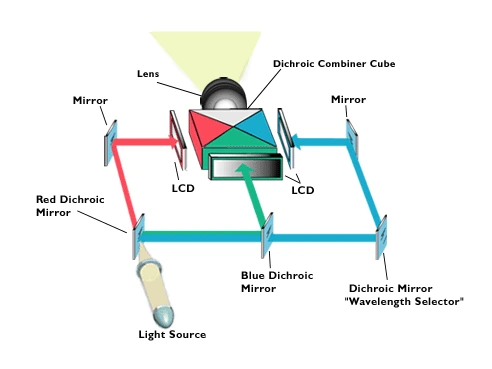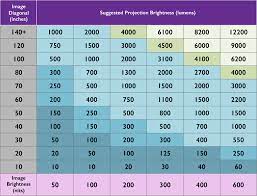Lux vs Lumens Projectors: Choosing the Right Brightness for Your Viewing Experience
Introduction
When it comes to projectors, one of the essential considerations is brightness. The brightness of a projector affects the quality and clarity of the projected image. Two common terms used to measure brightness are lux and lumens. Understanding the difference between these two units of measurement is crucial for choosing the right projector for your needs. In this article, we will explore the differences between lux and lumens and provide recommendations on selecting the appropriate brightness for different scenarios.
Understanding Lux and Lumens
What is Lux?
Lux is a unit of measurement that quantifies the intensity of light falling on a surface or being emitted from a source. It represents the amount of light that reaches a specific area. Lux is commonly used to evaluate the illumination level in various settings, such as homes, offices, and outdoor environments. In the context of projectors, lux helps determine the brightness of the projected image on the screen or viewing surface.
What are Lumens?
Lumens, on the other hand, measure the total amount of visible light emitted by a source in all directions. It represents the overall brightness of the light source itself. Lumens are often used to describe the brightness output of projectors, lamps, and other lighting devices. When it comes to projectors, lumens indicate the light output produced by the device and directly affect the image’s brightness on the screen.
Lux vs Lumens: Key Differences
Definition and Measurement
Lux and lumens differ in terms of their definitions and measurements. Lux measures the light intensity at a specific point on a surface, while lumens measure the total light output from a source. Lux takes into account the area over which the light is distributed, while lumens focus on the overall brightness emitted by the light source.
Application in Projectors
In the context of projectors, lux and lumens serve different purposes. Lux helps determine the brightness of the projected image on the screen or viewing surface, considering the specific area covered. Lumens, on the other hand, indicate the overall brightness output of the projector itself, regardless of the screen size or viewing distance.
Factors to Consider When Choosing Brightness
When selecting the appropriate brightness for your projector, several factors should be taken into consideration.
Ambient Lighting Conditions
The ambient lighting conditions of the environment where the projector will be used play a significant role in determining the required brightness. In well-lit rooms or outdoor settings with ample natural light, a projector with higher lumens is recommended to ensure a clear and visible image. For dimly lit or dedicated home theater rooms, a lower lumen output may be sufficient.
Screen Size and Distance
The screen size and viewing distance are crucial factors in determining the required brightness for a projector. Larger screens or greater viewing distances generally require projectors with higher lumen outputs to maintain a bright and detailed image. Smaller screens or shorter viewing distances may work well with projectors of lower brightness.
Content Type
The type of content you plan to display also influences the brightness requirements. High-definition movies or multimedia presentations with vibrant colors and intricate details may benefit from brighter projectors to enhance visual impact. On the other hand, simple slideshows or black and white presentations may not necessitate the same level of brightness.
Lux and Lumens Recommendations
Home Theater Environments
For home theater setups, where the room can be dimmed or darkened, a projector with a lumen output between 1,000 and 1,500 lumens should be sufficient for most screen sizes. This range provides a balanced brightness level without causing eye strain or washing out the colors.
Business Presentations
In office or conference room settings, where ambient lighting conditions may vary, projectors with a brightness range of 2,500 to 3,500 lumens are recommended. This ensures a clear and visible image even in moderately lit environments, allowing participants to engage with the content effectively.
Outdoor Events
Outdoor events often require projectors with high brightness levels to combat the challenges of daylight and other ambient lighting. For such scenarios, projectors with a lumen output exceeding 5,000 lumens are recommended to maintain a vivid image quality and ensure visibility for the audience.
Conclusion
Choosing the right brightness for your projector is crucial to enhance your viewing experience. By understanding the differences between lux and lumens, considering factors such as ambient lighting conditions, screen size and distance, and content type, you can make an informed decision when selecting a projector. Whether you’re setting up a home theater, conducting business presentations, or organizing outdoor events, matching the projector’s brightness to your specific needs ensures optimal visual performance.







